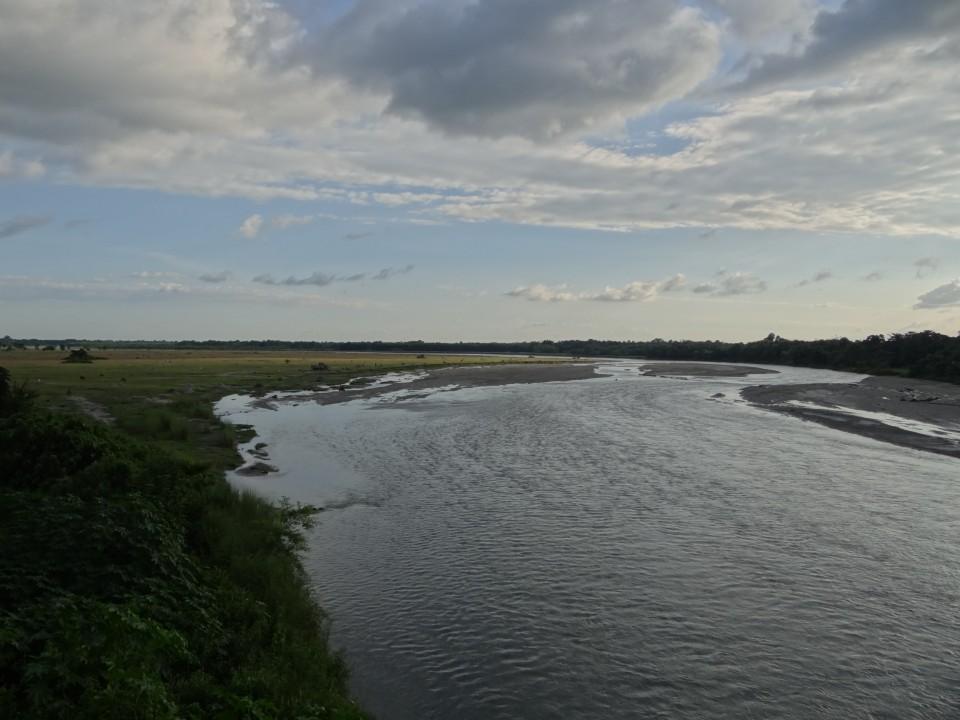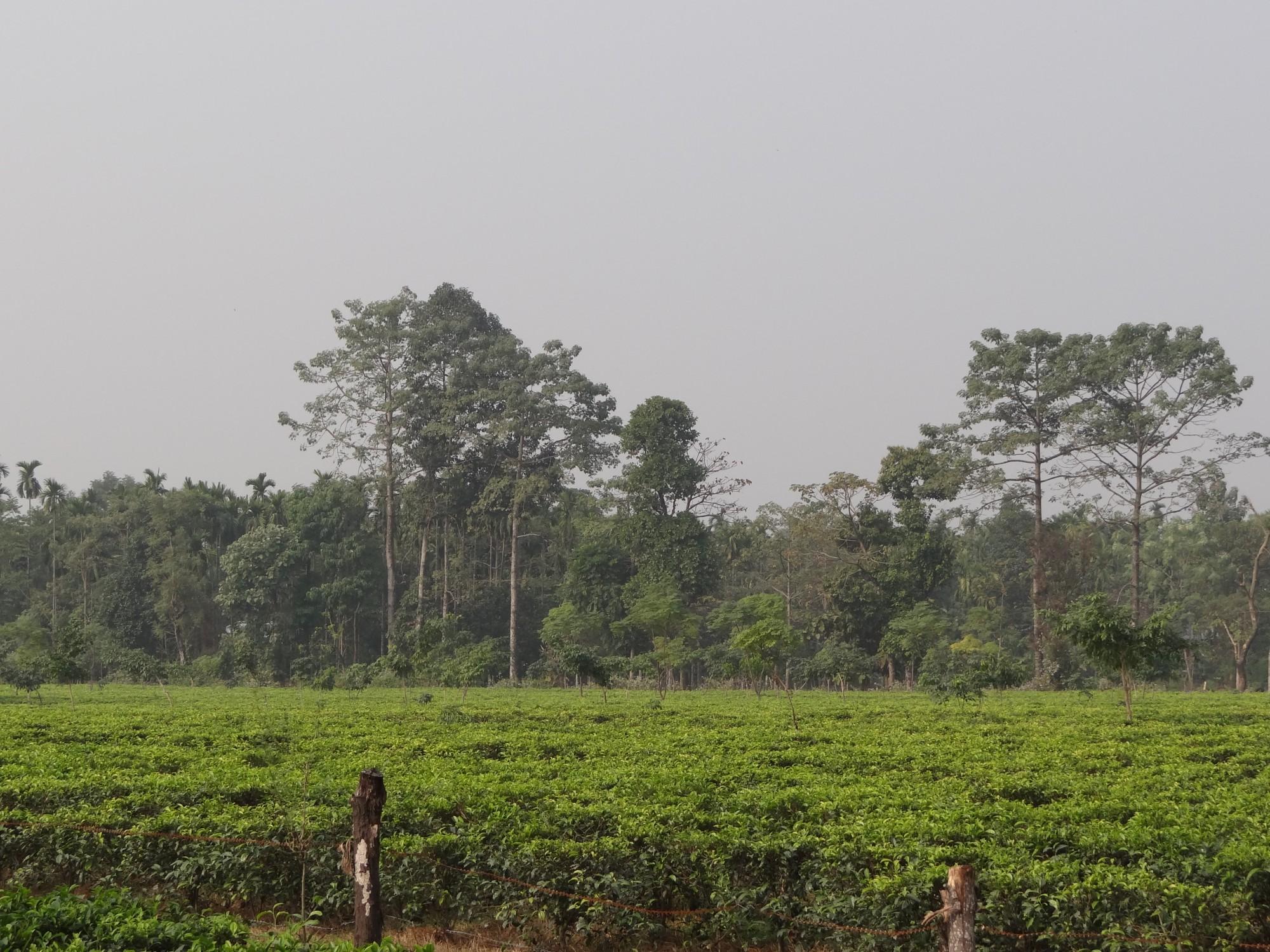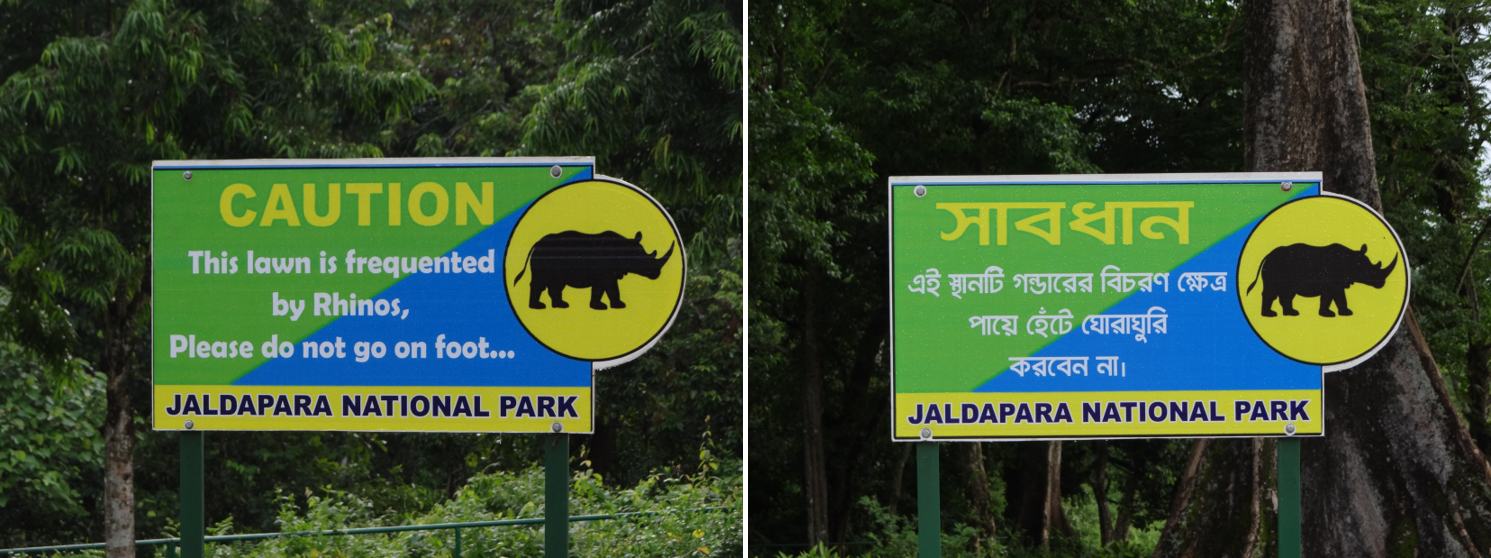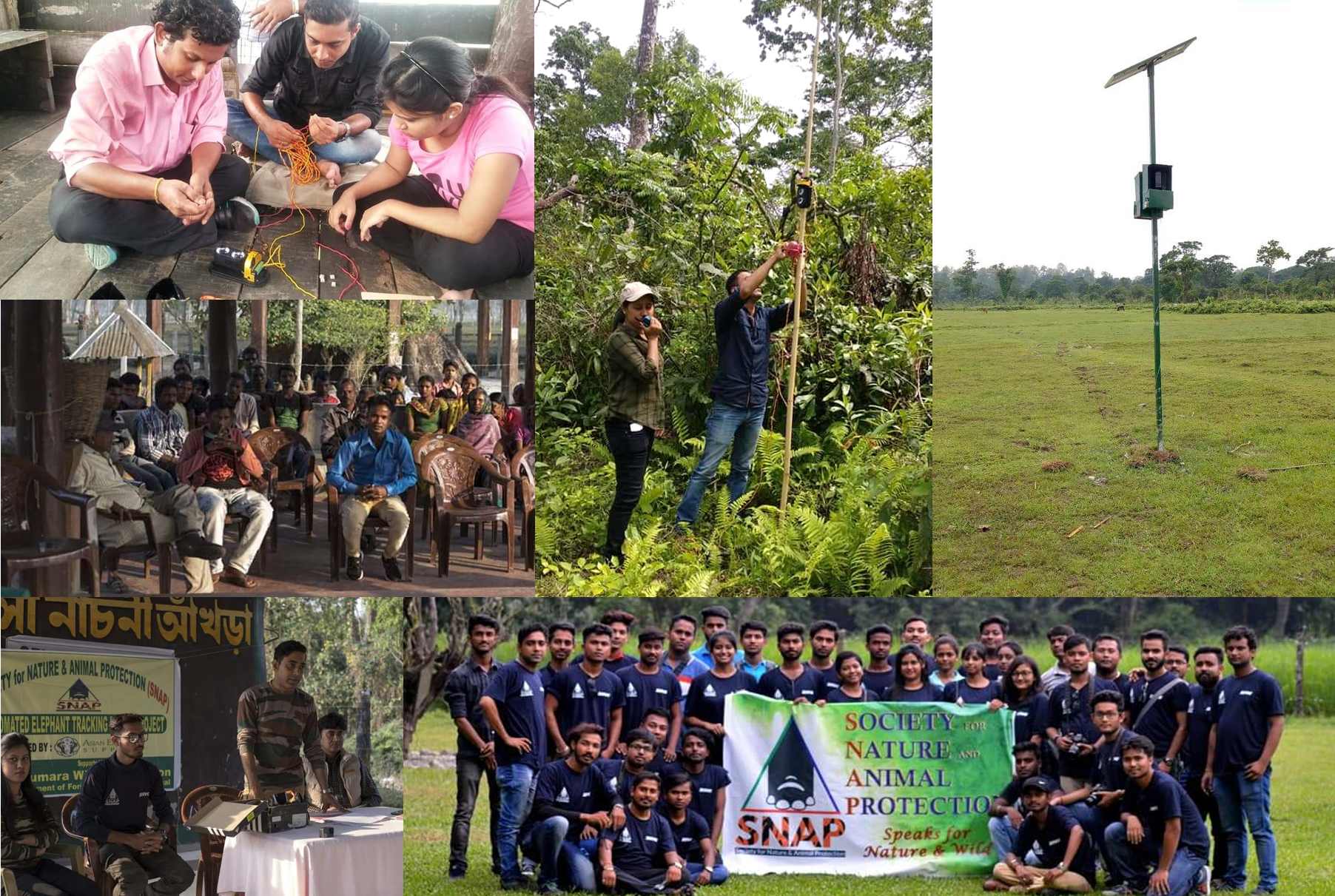
One thing that stands out about North Bengal (apart from the sheer beauty - I mean just look at the number of rivers!) is how interlinked are the lives of people and wildlife. This is not out of choice. The forests are small and fragmented, and the ~300 elephants in the landscape move through the tea plantations regularly to get from one forest to another. On the way (or even otherwise) they do a bunch of crop raiding and house break ins. Elephants may sometimes get killed in retaliation (though more die from train hits) - but the number of people who are killed or injured by elephants is 3 times higher on average. Its a terrible human cost.

So, how can conservation technology help in a landscape like this? Well, the first thing I always insist is that technology is simply one among other tools to mitigate conflict - including behavioral, administrative, and enforcement tools. All of these tools are anyway secondary to the larger processes of development, land use planning, and social change. So given that big caveat, here is an example of how a local group of innovators is developing technology with promising results.
I wrote earlier about how we implemented a simple passive infrared sensor-based early system developed by Kyari Inc. in Bhutan. This works under certain conditions: if the community is small and close-knit; if animals enter from fairly limited entry points that can be covered by the low detection range (~15 m) of a PIR sensor; if the number of conflict animals is itself low; if the people responding to the alarm are physically close to the device, like for small farming around the homestead. But what about when conflict is frequent, occurs over a large area and involves numerous species (each of which requires a different response)?
Enter Siliguri-based Koustav Choudhury, Shimu Saha and Pradyut Rai, who have developed an early warning system and are implementing them with the support of the West Bengal Forest Directorate. I had the privilege of funding some of their device setups as part of the CITES-MIKE programme when I was working at IUCN.

The first thing they realized was that some species are more equal than others (at least in terms of their conflict potential). Therefore, identifying which species is entering the village is important for prioritizing whether to send over-stretched staff there or elsewhere. So they developed a computer vision model trained to recognize elephants, rhinos and big cats. Combined with a few other technologies that form part of their 'secret masala' they were able to get true positives above 97% and false positives less than 1%, while also covering long distances on the order of kilometres. This is useful when you are trying to monitor a large perimeter where animals can enter from anywhere, rather than specific entry points. They then realized that in the field, this information had to be conveyed over long distances, because the Forest Department's wildlife squad teams are moving all over the place at night dealing with each conflict situation. So they developed communication system that could work over the cellular phone network, as well as in areas without it to convey information over several kilometres. Finally, they also helped train local volunteers to form quick response teams, to keep the situation under control until the wildlife squads could arrive.

Photos: Koustav Choudhury
The good thing about all this is how it demonstrates the amount of talent and motivation available in our small towns for solving local conservation problems. I think its great that people see the human and biodiversity costs of conflict happening so close to their homes, and decide to do something about it, far from the national or international limelight. And considering how the entire process of biodiversity conservation is dominated by big-city people, its a very welcome change.
But the really intriguing question is: could this process of grassroots innovation with conservation technology be happening in villages as well? Watch this space!
Aditya Gangadharan is a conservation biologist focusing on large mammals. His background in data science, technology & entrepreneurship allows him to develop innovative conservation projects dealing with urgent conservation issues like mitigating human-wildlife conflict. Most recently, Aditya worked on transforming the IUCN MIKE (Monitoring the Illegal Killing of Elephants) programme in South Asia. Aditya is a WILDLABS community member.


Add the first post in this thread.